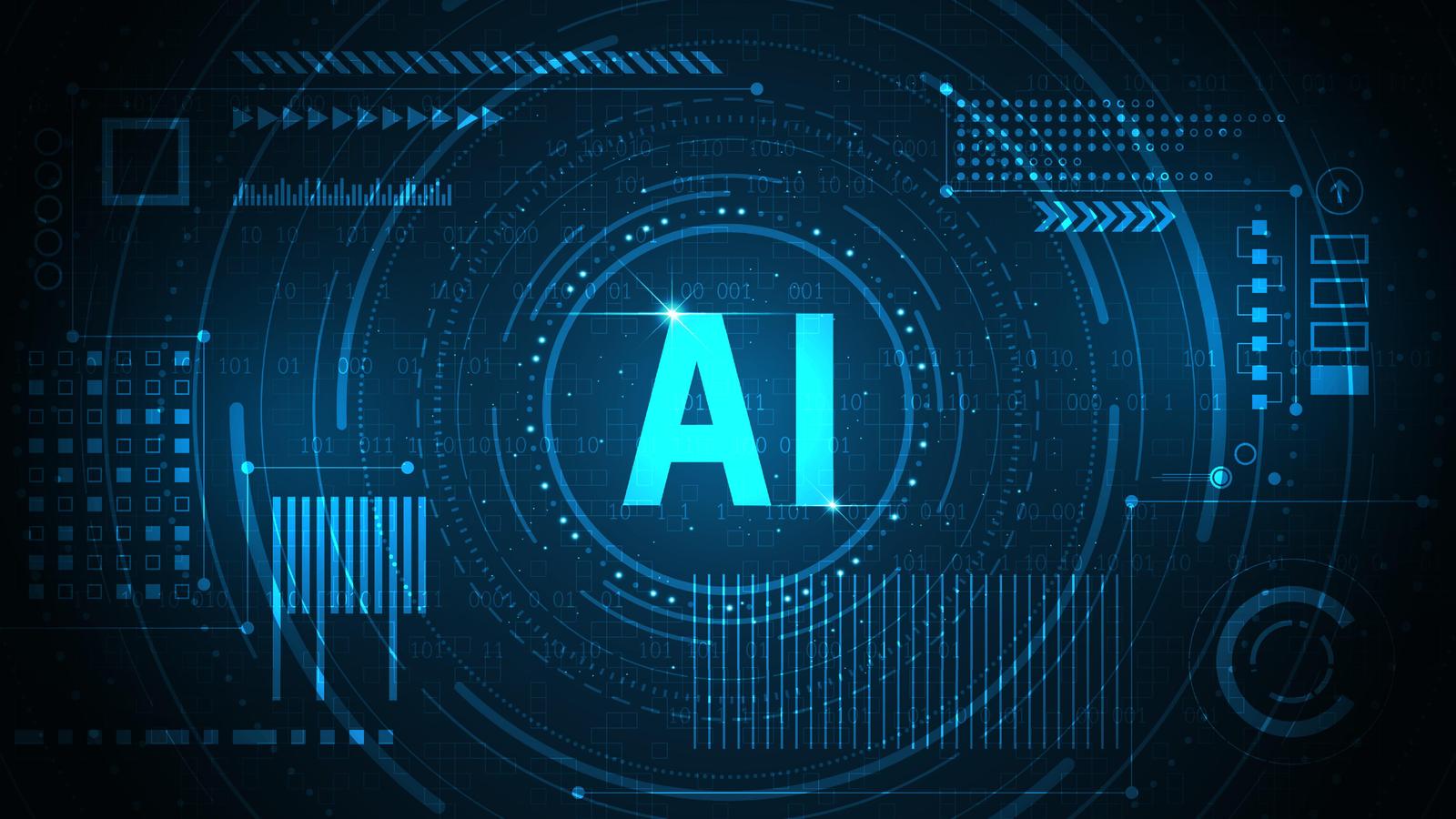A new algorithm that can teach artificial intelligence in seconds instead of days can revolutionize the field of AI development.
The size and complexity of the algorithms that comprise artificial intelligence (AI) have grown in recent years to improve accuracy. However, the effectiveness of AI should not be solely measured by the size of the underlying processes.
Singularity Hub has uncovered a study, still in the works and not yet published in a scientific journal, by a team of researchers focused on speeding up and optimizing the process of learning for artificial intelligence. By doing so, they believe that this will make building AI faster and more efficient.
The traditional approach to artificial intelligence involves long-term learning with a lot of data, typically using supercomputers. In contrast, the new algorithm, called a hyperlink, works differently: it doesn't rely on teaching the AI but instead attempts to guess the parameters of the algorithms so that the AI can give the correct answer. So, for example, it can decide whether a picture shows a dog or a cat.
The experts claim that GHN-2 can set up – or train – untrained neural networks in seconds, which means it doesn't take days of spinning up a supercomputer to train artificial intelligence. Although the GHN-2 is mainly automated, technicians must exercise a high degree of precision to ensure that the system functions properly.
The experts found that the systems trained with GHN-2 were as accurate as their counterparts trained with the conventional method. However, the big difference is that it can all be done in seconds, making it much more efficient.
Although experts believe that there is still room for improvement, GHN-2 has already shown great potential in the field of artificial intelligence. Its ability to learn and grow more powerful over time makes it a valuable tool for researchers and developers alike.





